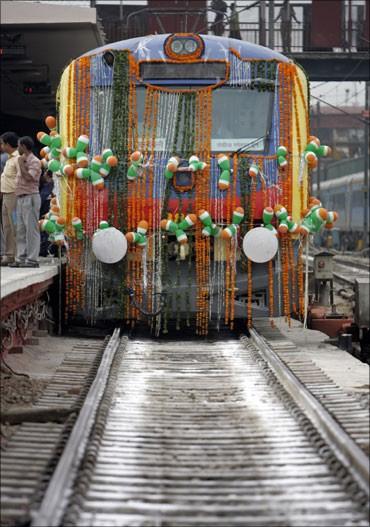
Bureaucratic inertia and the fear of taking decisions because of concerns over vigilance enquiries has now paralysed decision making, says Ajay Chhibber.
2013 will go down as an “annus horriblis” for the Indian economy. Instead of a growth rate over 10 per cent and inflation under 5 per cent we have the reverse.
GDP growth is struggling under 5 per cent and inflation is now well over 10 per cent - the highest amongst emerging economies.
India's stagflationary condition cannot be fixed without serious reform, as easy anti-cyclical actions are not available. But we can avoid a repeat of 2013 with some quick decisive administrative actions in 2014.
Given high inflation, easy monetary policy to jumpstart growth is not an option. In fact, many argued interest rates should have been raised further to dampen inflationary expectations from solidifying.
But the RBI has correctly, as some of us argued, not raised the repo rate – as the causes of inflation are largely administrative and fiscal.
Raising the repo rate would have been counterproductive as it would have lowered growth even further and may even have increased inflation as the cost of capital went up.
...
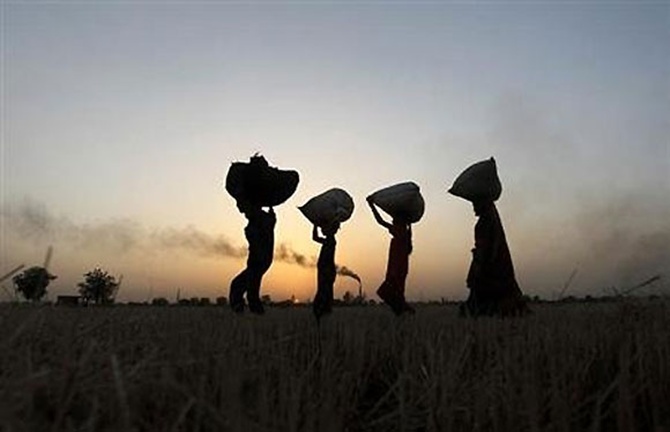
Fiscal policy too is constrained by the need to hit the fiscal target in 2013-14 or risk a sovereign downgrade.
As growth has slowed, so has the revenue intake – putting a further squeeze on expenditure.
With expenditure already reaching almost 90 per cent of its target by the end of the third quarter, there is practically option but to slash expenditures.
Within the overall spending limits, the major cuts must come in Plan expenditures which will hurt growth even more – as expenditures on interest payments, wages and subsidies are rising.
India's growth has slowed down not only because of a fall in investment but also because of an increase in the incremental capital output ratio (ICOR).
Investment has fallen from a high of 36 per cent of GDP in 2010 to under 30 per cent of GDP.
This explains some of the decline in GDP. But a bigger part of the decline in GDP comes from a decline in the return to investment. India's ICOR has increased from around 4.5 to 6.
...
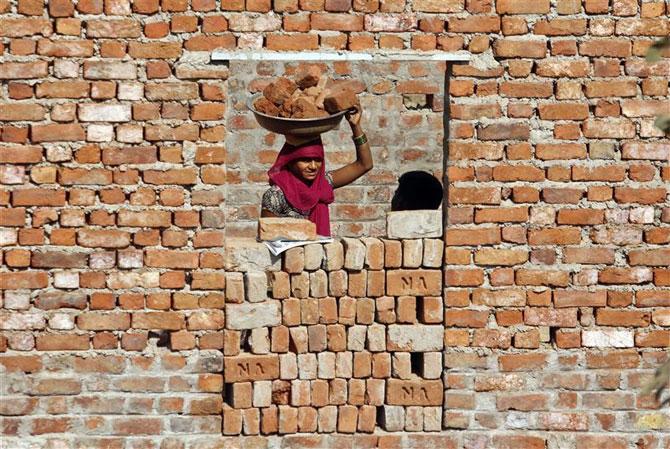
What explains this increase? Delays in project completion, mainly due to bureaucratic bottlenecks and poor coordination, have been a major factor in longer gestation lags, reducing the return to capital.
A large amount of capital is tied up unnecessarily in uncompleted projects awaiting environmental clearance or in under-utilised capacity due to poor coordination. If these problems could be solved quickly the economy could recover at least 1-2 percentage points in growth in the coming year.
Bringing inflation down is also possible through administrative action. One of the big factors driving inflation is food prices, which can be checked by releasing grain held in government stocks and by deregulating agricultural marketing as well as imports of pulses and oil seeds.
Tempering wage hikes in the run-up to elections would also help reduce inflationary expectations.
...

So 2014 could see an upturn in growth to around 6 per cent of GDP if decisive administrative action on clearances and better intersectoral coordination is achieved. Inflation too could be brought down sharply to around 6 per cent per annum by food policy measures.
As inflation falls, interest rates could also be reduced. All these are in the hands of the executive and do not require legislative action.
Collective government action instead of each ministry looking at its own mandate is needed.
Bureaucratic inertia and the fear of taking decisions because of concerns over vigilance enquiries has now paralysed decision making. This must be ended.
...
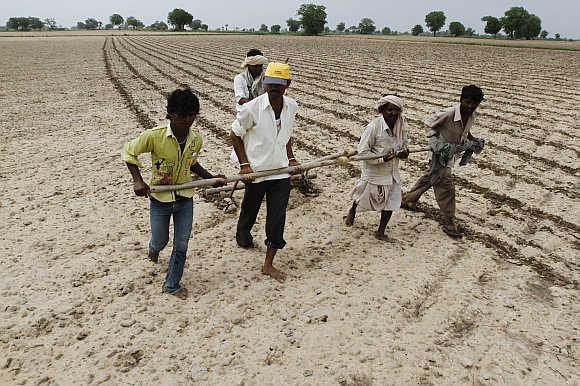
Going into 2015, India could return its growth to 7-8 per cent of GDP, but only with more decisive structural reforms.
This will require an increase in the investment rate and a restoration of India's competitiveness. A stable government after the 2014 elections is essential for such an outcome.
One thing we have learnt from 2013 is how rapidly our economy responds to price signals. The adjustment in the exchange rate triggered by our loss of competitiveness and weak fundamentals led to a very rapid increase in exports and a decline in imports – the latter was also due to slower growth.
Export pessimism was quickly erased. This shows how flexible the economy is when incentives change, and how much we are under-utilising our inherent competitiveness because of governmental bottlenecks, archaic labour laws and poor infrastructure. But to build these we must build the fiscal space for infrastructure investment.
...
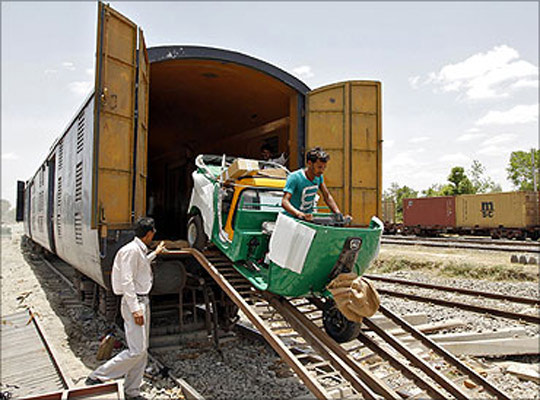
We must also refocus from hand-outs to hand-ups. We must find ways to help the poor with much smarter subsidy policies.
A deeper government reform is needed to root out corruption and build a modern administration suited for the 21st century.
Without this India may see spurts of growth – but not sustained long-term growth that will take us beyond the middle income trap.
India has run large fiscal deficits in the past, but with a mostly open capital account India cannot afford to do this and have a stable macro-economy. It must also raise more revenue through the introduction of the GST.
More revenue must also be raised at the local and municipal level to meet growing small infrastructure needs – for sewage, schools, health centres, small roads, etc.
In most countries local property taxes are the main effective instrument to finance such needs. In India local taxes account for only 0.7 per cent of total tax intake.
...
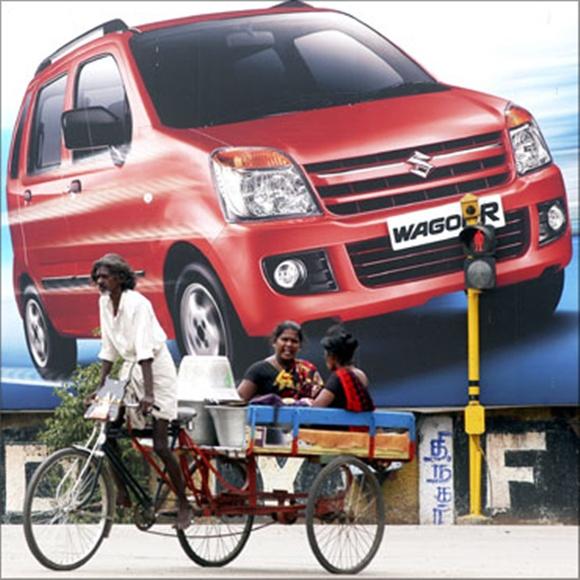
Rising property prices make a well functioning property tax the best instrument to tax away some of the amazing capital gains and help finance local infrastructure.
If we could solve these problems, India still has the time in the second half of this decade to re-emerge as the talk of the world that we were in the previous decade.
India was on every global investors list a few years ago but has now dropped out of sight. 2014 could be the year where we started to turn it around once again.
I am convinced we can restore India's bloom if we can focus our minds collectively to restoring India's golden growth period, when India also made a huge dent on poverty.
The writer is director-general of the Centre’s Independent Evaluation Office and a former UN assistant secretary-general.